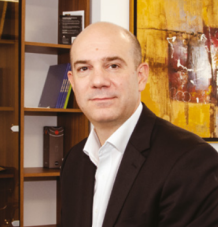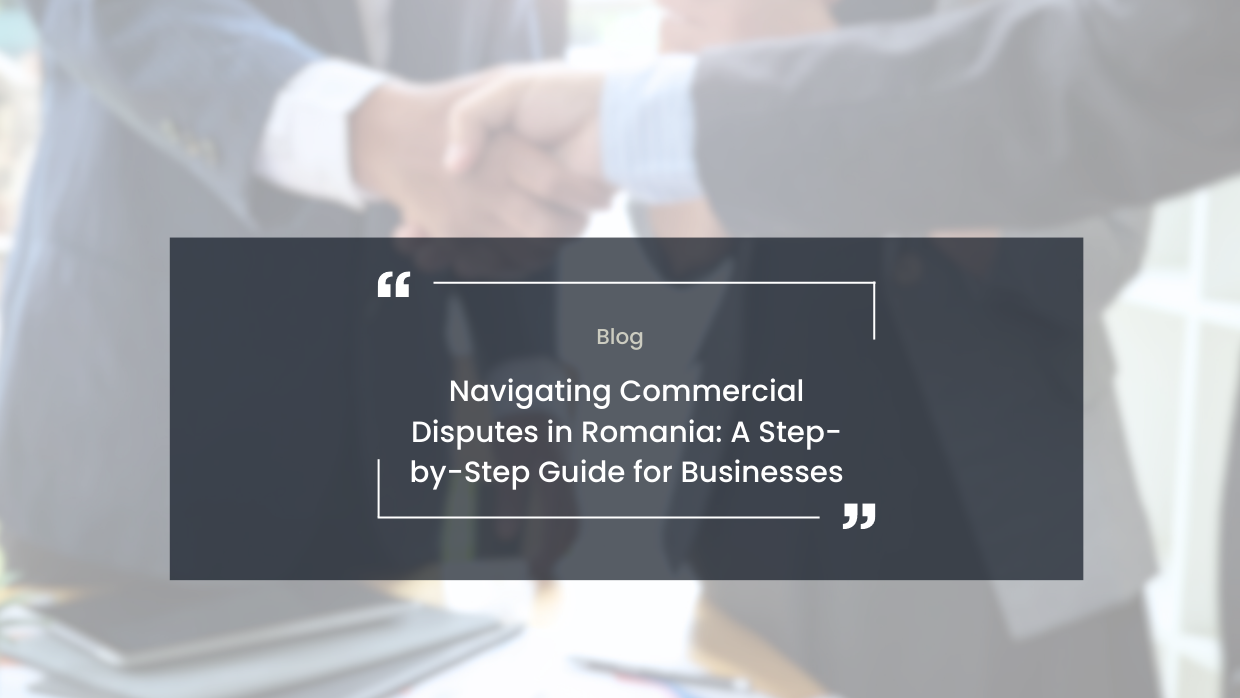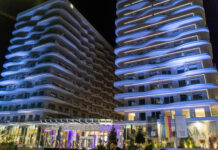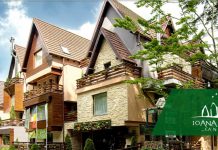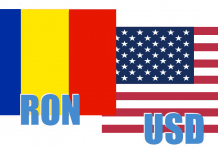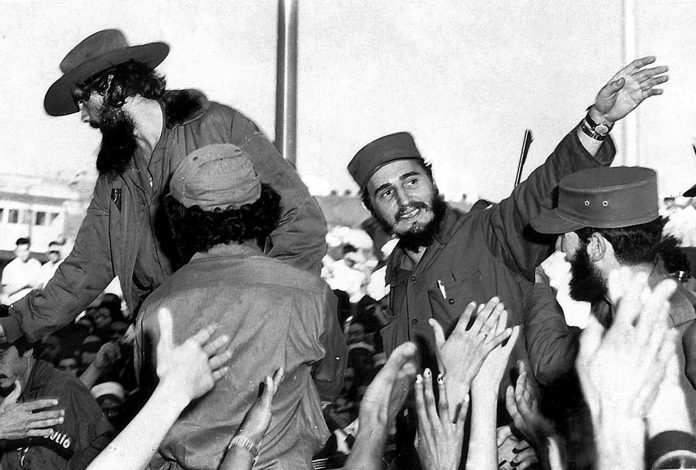The boat was barely seaworthy and heavily overloaded with men and equipment. For seven days and nights, the crew had attempted to navigate the treacherous seas but the ship was unfit and letting in water.
Almost all the men on board were unwell – seasick or weak with hunger and thirst.
Now, arriving two days later than planned and miles from the rendezvous, the ship had run aground in thick mud.

A Cuban postage stamp celebrates the Granma’s voyage
As Che Guevara would later observe, the supposedly triumphant return to Cuban soil of Fidel Castro and his revolutionary force in December 1956 “wasn’t a landing, it was a shipwreck”.
In all, 82 men stepped off that vessel, Granma, bedraggled and dispirited.
It soon got worse. In the foothills of the Sierra Maestra they were ambushed by the Cuban army and reduced to just a handful of guerrillas, among them Fidel Castro and his younger brother, Raúl.
From that ignominious start, they eventually defeated Fulgencio Batista’s military regime. Facing 40,000 men and far superior weaponry, it was one of the most successful guerrilla campaigns of the 20th Century.
(Below: Fidel Castro waves to crowds in the Cuban capital Havana in January 1959, shortly after his victory over Batista)

Perhaps more incredibly, though, they have stayed in power until today. Between them, the Castro brothers have spent almost 60 years at the helm.
The mark they have left on the island, shaping it into a one-party communist-run state, is indelible.

Fidel and Raúl in 1999
Now, a turning point beckons. The Father of the Revolution, Fidel Castro, died in late 2016 and Raúl Castro is retiring from the presidency. Cuba is about to be governed by someone other than a Castro for the first time since 1959.
So, after six decades, what kind of country will they pass on?

As the elderly Castro slipped into his final moments, he could reflect on a long and contented life.
Though frail in body, he’d stayed mentally agile until the very end and his adoring children and grandchildren were at his bedside.
He was stubborn – a family trait – and a fighter to the last. For nearly nine hours the doctors attempted to save him. But it was not to be.
This was Mártin Castro, half-brother of Fidel and Raúl, and he died in September 2017 only a stone’s throw from where he was born – in Birán. He had suffered an aneurysm, aged 87, a year after Fidel’s death.

Mártin Castro, pictured in 2016
Although the two men shared a father and played together as children, there were perhaps no two lives in Cuba quite so different as theirs.
One became the founder of the Cuban Revolution. The other never left home.
An icon of the Cold War, Fidel Castro led Cuba for almost 50 years, installing communism on an island barely 90 miles off the coast of Florida. “Right under the noses of the imperialists,” as he would later famously say.
After the revolution, in 1959, his little-known half brother Mártin was offered the chance to move to Havana to take up a role in government. He turned it down. A simple man, Mártin was happier among his animals and the sugar cane fields of their hometown.
“I often wonder what would have happened if Dad had joined with Fidel,” says his daughter, Josefa Beatriz, her grief still evident, “but he never wanted to.”

A Castro family photo featuring Mártin and Raúl
“My father never studied but he shared their intelligence,” she recalls with fondness, passing a finger lovingly over his photograph. The family resemblance, especially to Raúl, is striking.




